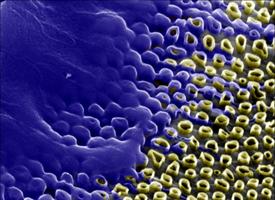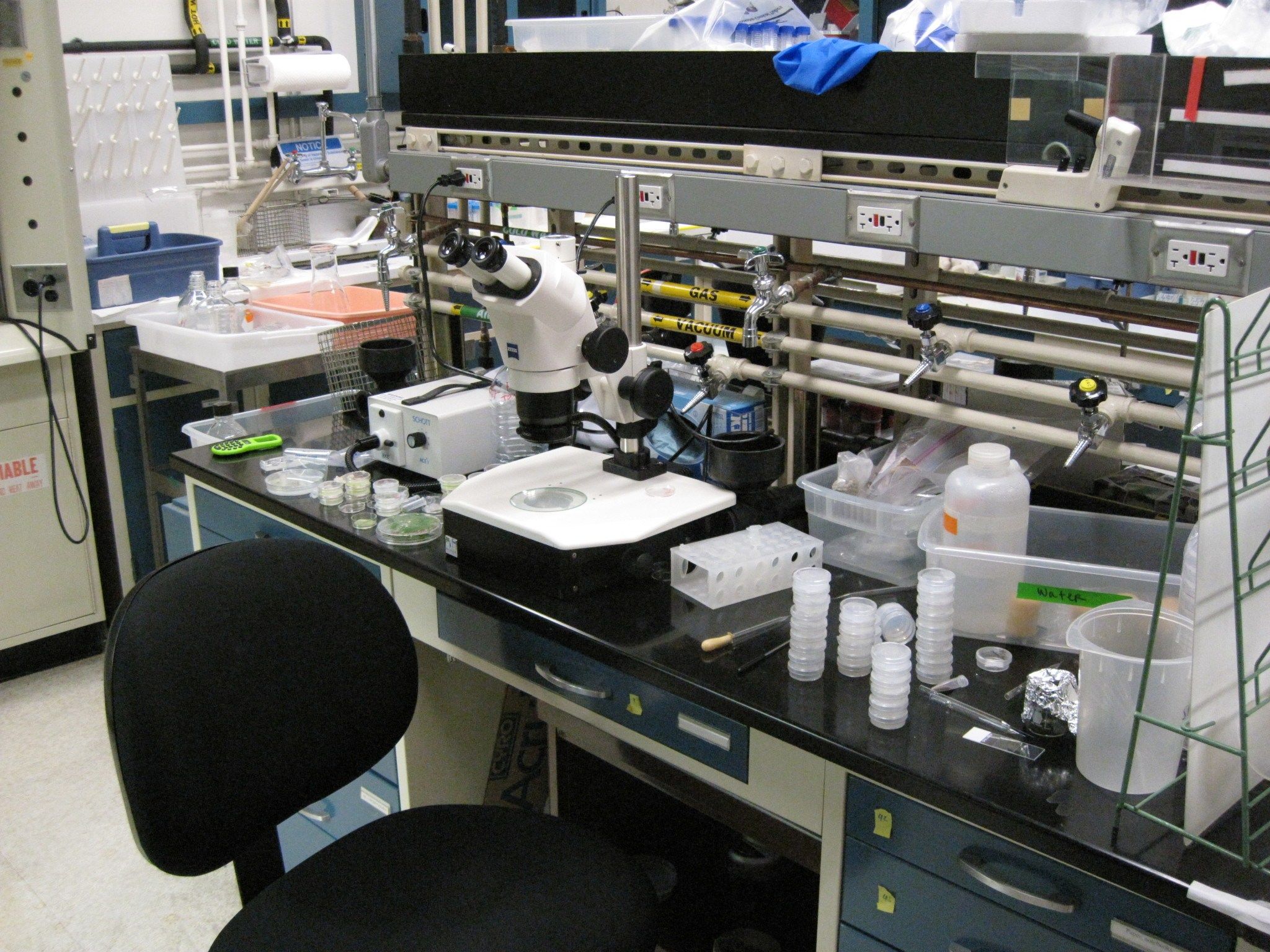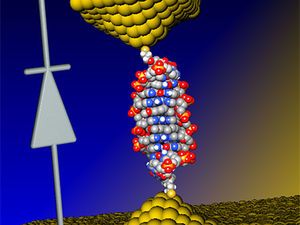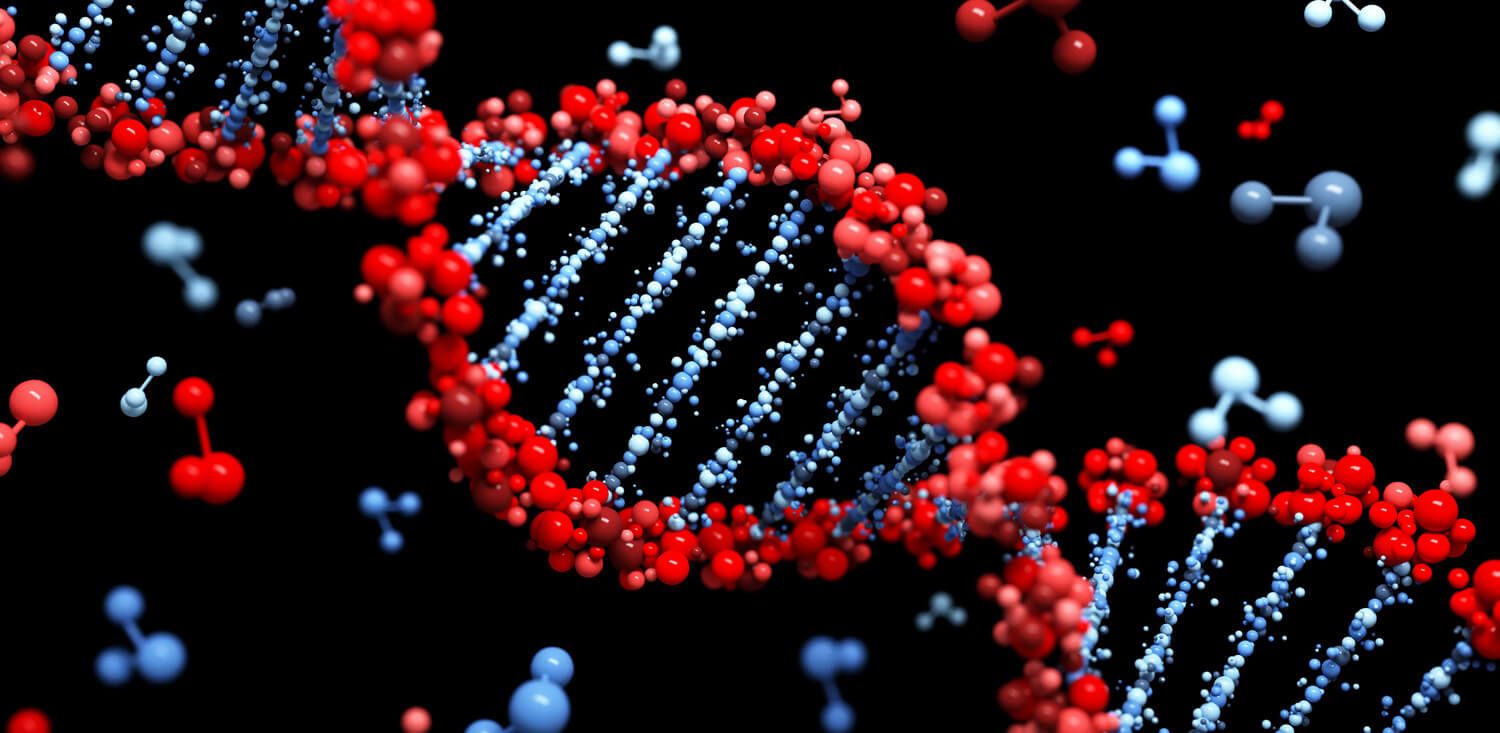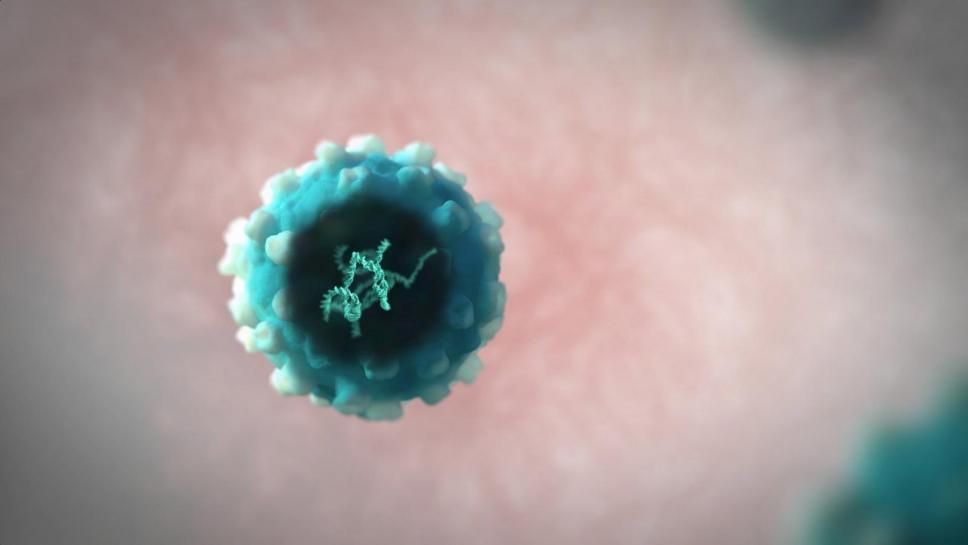Archive for the ‘genetics’ category: Page 482
Apr 8, 2016
Will Transhumanism Change Racism in the Future?
Posted by Zoltan Istvan in categories: biotech/medical, genetics, sex, transhumanism

My new article for The Hufffington Post on whether transhumanism will change racism in the near future:

A future transhumanist? — CCO Public Domain
Continue reading “Will Transhumanism Change Racism in the Future?” »
Apr 7, 2016
HIV can develop resistance to CRISPR/Cas9
Posted by Karen Hurst in categories: biotech/medical, genetics
The CRISPR/Cas9 gene-editing platform may need a little bit more tweaking before it can be used as an effective antiviral, reports a study published April 7 in Cell Reports. Researchers who used CRISPR/Cas9 to mutate HIV-1 within cellular DNA found that while single mutations can inhibit viral replication, some also led to unexpected resistance. The researchers believe targeting multiple viral DNA regions may be necessary for the potential antiviral aspect of CRISPR/Cas9 to be effective.
Upon entry into a cell, HIV’s RNA genome is converted into DNA and becomes entwined with the cellular DNA. From here, CRISPR/Cas9 can be programmed to target a DNA sequence and cleave viral DNA. The problem is that HIV is notoriously good at surviving and thriving with new mutations, so while many viruses are killed by the targeted approach, those that escape the CRISPR/Cas9 treatment become more difficult to target.
“When we sequence the viral RNA of escaped HIV, the surprise is that the majority of the mutations that the virus has are nicely aligned at the site where Cas9 cleaves the DNA, which immediately indicates that these mutations, instead of resulting from the errors of viral reverse transcriptase, are rather introduced by the cellular non-homologous end joining machinery when repairing the broken DNA,” says senior study author Chen Liang, Senior Investigator at the Lady Davis Institute at the Jewish General Hospital and the Associate Professor of Medicine at the McGill University AIDS Centre.
Apr 6, 2016
‘Honeycomb’ of nanotubes could boost genetic engineering
Posted by Karen Hurst in categories: bioengineering, biotech/medical, genetics, nanotechnology
Nice
Researchers have developed a new and highly efficient method for gene transfer. The technique, which involves culturing and transfecting cells with genetic material on an array of carbon nanotubes, appears to overcome the limitations of other gene editing technologies.
The device, which is described in a study published today in the journal Small, is the product of a collaboration between researchers at the University of Rochester Medical Center (URMC) and the Rochester Institute of Technology (RIT).
Continue reading “‘Honeycomb’ of nanotubes could boost genetic engineering” »
Apr 6, 2016
Are we 20 years away from ‘designer’ babies?
Posted by Aleksandar Vukovic in categories: biotech/medical, genetics, law, sex
What if prospective parents had the opportunity to make decisions ahead of time about the combination of genetic traits their child would inherit? The question is more than science fiction, says Hank Greely, a law professor at Stanford University.
The underlying science and technology are advancing rapidly—and now is the time to consider carefully “what kind of legal changes would be necessary to try to maximize the benefits and minimize the harm of this new approach to making babies,” he says.
Greely explored the legal, ethical, and societal implications of emerging biotechnologies for a new book, The End of Sex and The Future of Human Reproduction (Harvard University Press, 2016), that envisions a world where procreation may not start in bedrooms, but rather in a petri dish in a medical clinic.
Apr 5, 2016
Introduction: Explaining the Future of Synthetic Biology with Computer Programming’s Past
Posted by Karen Hurst in categories: bioengineering, biotech/medical, business, computing, genetics, information science, mathematics, Ray Kurzweil, singularity
Like this article highlights; we will see a day soon when all techies will need some level of bio-science and/ or medical background especially as we move closer to Singularity which is what we have seen predicted by Ray Kurzweil and others. In the coming decade/s we will no longer see tech credentials relying strictly on math/ algorithms, code, etc, Techies will need some deeper knowledge around the natural sciences.
If you are majoring in biology right now, I say to you: that was a good call. The mounting evidence suggests that you placed your bet on the right degree. With emergent genetic recombination technologies improving at breakneck speed alongside a much deepened understanding of biological circuitry in simple, “home grown” metabolic systems, this field is shaping up to be a tinkerer’s paradise.
Many compare this stage of synthetic biology to the early days of microprocessing (the precursor to computers) when Silicon Valley was a place for young entrepreneurs to go if they needed a cheap place to begin their research or tech business. One such tech entrepreneur, the founder of O’Reilly media, Tim O’Reilly — who also coined the term “open source” — made this comparison in an interview with Wired magazine., O’Reilly further commented on synthetic biology saying, “It’s still in the fun stage.”
Apr 5, 2016
World’s Smallest Diode Is Made of DNA
Posted by Shailesh Prasad in categories: biotech/medical, computing, electronics, genetics
Diodes —also known as rectifiers—allow electric current to flow in just one direction. More than 40 years ago, scientists proposed miniaturizing diodes and other electronic components down to the size of single molecules, an idea that eventually helped give birth to the field of molecular electronics, which could help push computing beyond the limits of conventional silicon devices. [See “Whatever Happened to the Molecular Computer?” IEEE Spectrum, October 2015]
Scientists at the University of Georgia and Ben-Gurion University of the Negev in Israel used DNA to fashion the new diode. The breakthroughs in genetics developed to sequence the human genome have now made it relatively easy to precisely manufacture and manipulate DNA, which makes the molecule a leading candidate for use in molecular electronics.
DNA’s double helix is made of paired strands of molecules known as bases. The new diode is only 11 base pairs long. (Typically, DNA is 0.34 nanometers long per base pair.)
Apr 4, 2016
CRISPR Dispute Raises Bigger Patent Issues That We’re Not Talking About
Posted by Karen Hurst in categories: bioengineering, biotech/medical, genetics, law, robotics/AI
Good read; and highlights fair arguments around science and technology innovations and their patents. CRISPR was highlighted; however, the same can be applied to things like AI. What happens when a Humanoid robot owned by an investment bank innovates and develops new technology for Wall Street? The humanoid robot was (in this example) created by Microsoft; however, is owned by a Goldman Sachs. Who truly owns this new technology innovation? Could we see Goldman Sachs owning 70% of the patent & Microsoft owning 30%?
The worlds of science, technology and patent law eagerly await the U.S. government’s decision on who deserves patents on what many have referred to as the biotechnology invention of the century: the CRISPR/Cas9 gene-editing technique.
Scientists hail CRISPR/Cas9 as more accurate and efficient than other, now-traditional genetic engineering methods. As a result, CRISPR has generated worldwide debate about how it could accelerate the manipulation of plants, animals and even human beings at the molecular level. That some DNA modifications can be passed on to future generations raises particular concern.
Continue reading “CRISPR Dispute Raises Bigger Patent Issues That We’re Not Talking About” »
Apr 2, 2016
Of mice and old men: is the elixir of youth finally coming of age?
Posted by Montie Adkins in categories: bioengineering, biotech/medical, genetics, life extension, neuroscience
Preliminary work suggests that T-cells, which normally target disease, can be genetically engineered to target senescent cells in a wide range of tissues. In future, an infusion of GM blood every few years might be able to keep you going indefinitely (assuming some major advances in treating cancer, Alzheimer’s and heart disease). At which point, the question might be less: “How long have I got?” and more: “How long do you fancy sticking around?”
American scientists have coined the term ‘senolytics’ to describe a new class of drugs designed to delay the ageing process by clearing out doddery cells.
Apr 2, 2016
Europe gives green light to first gene therapy for children
Posted by Shailesh Prasad in categories: biotech/medical, genetics
LONDON The world’s first life-saving gene therapy for children, developed by Italian scientists and GlaxoSmithKline, has been recommended for approval in Europe, boosting the pioneering technology to fix faulty genes.
The European Medicines Agency (EMA) said on Friday it had endorsed the therapy, called Strimvelis, for a tiny number of children with ADA Severe Combined Immune Deficiency (ADA-SCID) for whom no matching bone marrow donor is available.
Around 15 children a year are born in Europe with the ultra-rare genetic disorder, which leaves them unable to make a type of white blood cell. They rarely survive beyond two years unless their immune function is restored with a suitable bone marrow transplant.


